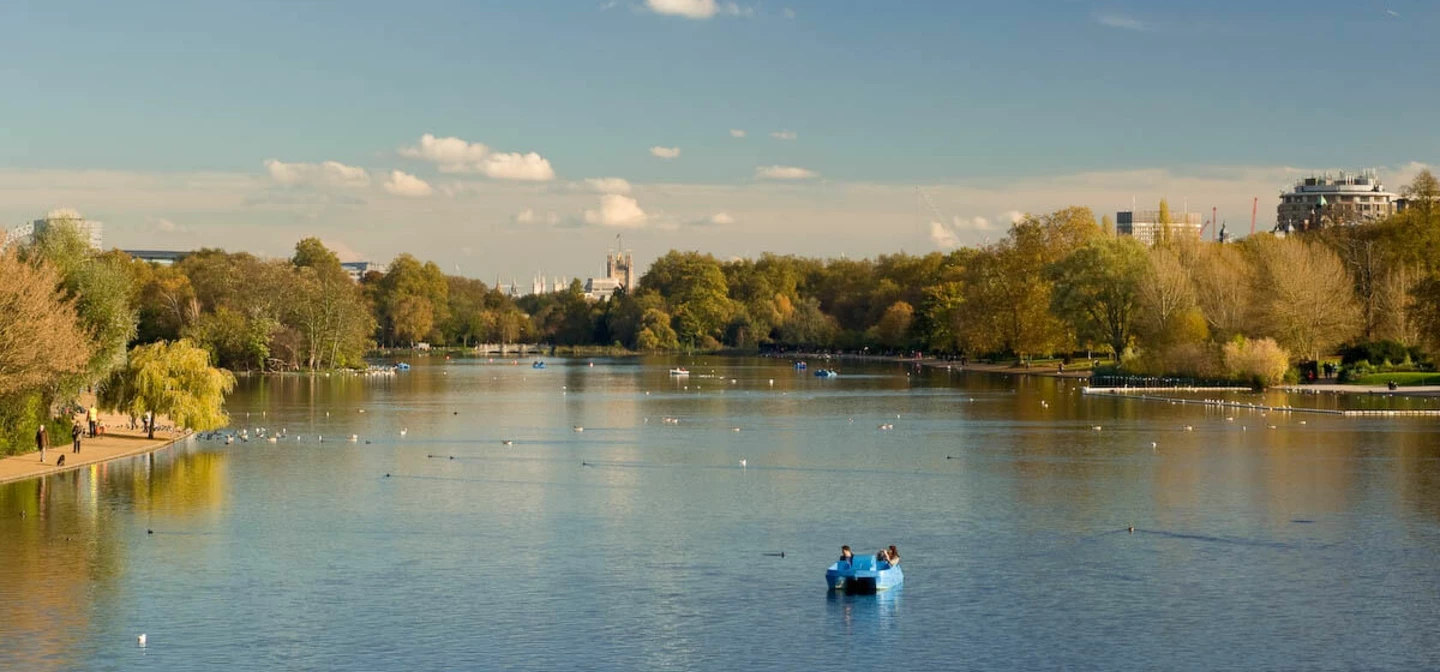
The water features of Hyde Park and Kensington Gardens
The water features of Hyde Park and Kensington Gardens are popular with wildlife and people alike. As well as being important for the parks’ ecology, people can swim, hire a boat or enjoy the view from the comfort of a deckchair.
But there’s a lot more going on below the surface than you might imagine. Take a look behind the scenes and under the ground as we follow the water from one side of the parks to the other.
From the ground
The head (or top) of the system lays on the western side of the Round Pond. The two mushroom-like structures in the water are the inlets for fresh, icy cool water, which is pumped from way down in the chalk aquifers below London, from boreholes at the Italian Gardens and near the Lido. We can control the amount of water going in by either twiddling with some knobs and buttons in the Italian Gardens Pump House, or by programming a very hi-tech computer at the Lido.
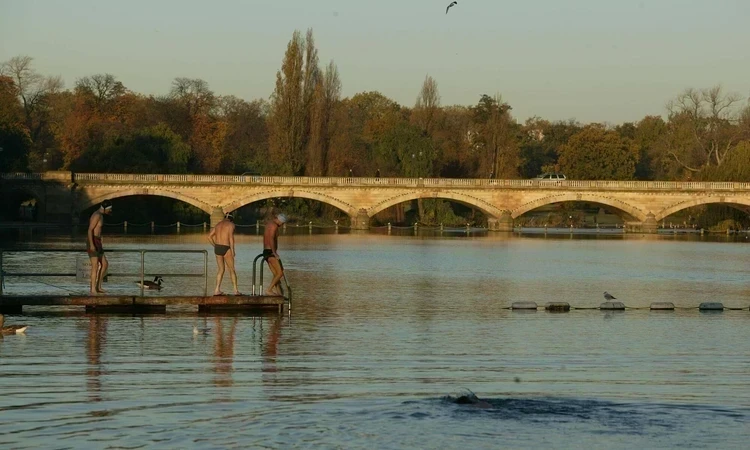
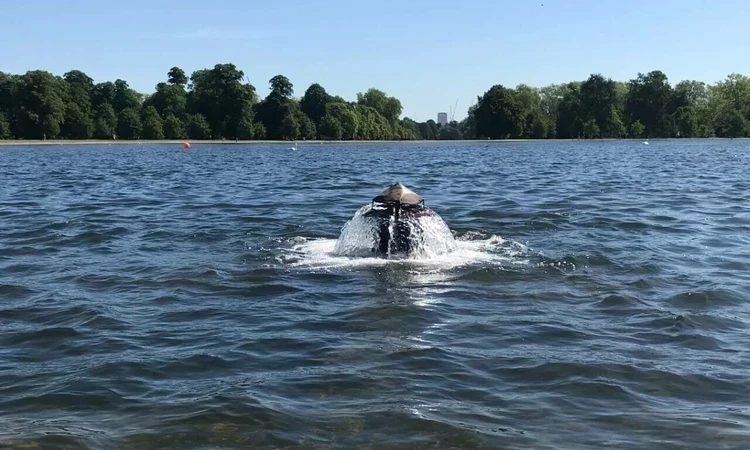
The main aim of pumping water into the Round Pond is to ensure that the water quality remains to a very high standard, and that the water doesn’t stagnate or overheat in the summer. Both can cause algae to grow, which would also unbalance the delicate ecosystems. The park team undertake regular inspections looking for tell-tale signs that everything is either in or out of balance, and adjust the flows accordingly.
Imagine now that this is the start of the water’s long journey towards the Dell, flowing through the Round Pond and eventually out of the grilles at opposite side of the pond. It then moves through pipes down the slope under Front Walk toward Chamberlin’s Piece, where it’s discharged into the Long Water. Here it joins water flowing from another input at the Italian Gardens and heads towards the Serpentine Bridge, where it enters the other side.
A walk on the wild side
The Round Pond is a very formal landscape feature, and is a mecca for swans, geese and ducks. It is a fairly peaceful place for them all to coexist, and because they aren’t provided with the right habitat, no breeding happens here. It is a favourite spot for our wildlife office to release injured swans for rehabilitation, safe in the knowledge that there will be no competition for mates and the general bullying tactics used by swans to ensure they bag the best female. It could be said that it is a place of monastic sanctuary for them!
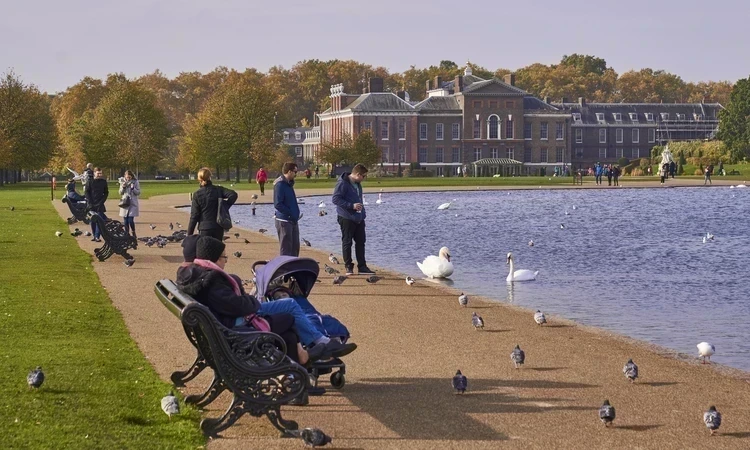
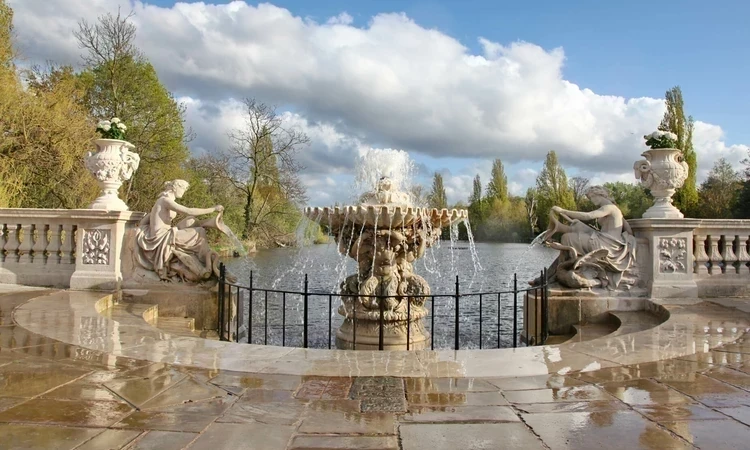
The Long Water by contrast has a wide array of habitats and sheltered spots, and with its wild margins is a sanctuary for breeding populations of all waterfowl and songbirds. There are reed beds, overhanging trees, shallows and beaches, which provide the perfect habit for the invertebrates on the bottom rung of the food chain. It is a blessing to the wildlife, but of course a barrier to the human viewer, who is denied access to the coppiced woodland margin. A Kingfisher bank was installed in 2016 below Henry Moore’s The Arch.
Into Hyde Park
Although the Long Water and The Serpentine Lake are named differently, they are in fact the same water body and are inextricably linked. Whatever we adjust up at the Italian Gardens will therefore have an impact further downstream in Hyde Park. Pumped up from the ground via the Round Pond or one of Hyde’s pumping stations the water eventually makes its way to the Dell Bridge, where it silently exits out of the penstock at and into the cavernous tunnel that connects with the Thames. There is of course an outflow under the Dell Bridge itself, although this is rather ornamental and only provides a refreshing top up of water for the carp in the Dell Pond below.
The water system that we see throughout the two parks today has not always been this way, however. Originally the River Westbourne, a small Thames tributary, ran through the parks, bringing water from the catchments surrounding Hampstead Heath and Kilbourn. Before the park was even properly established the river was dammed by the monks of Westminster for fishing and water use. It was then decided in 1730 by Queen Caroline to completely dam the river and create a recreational lake.
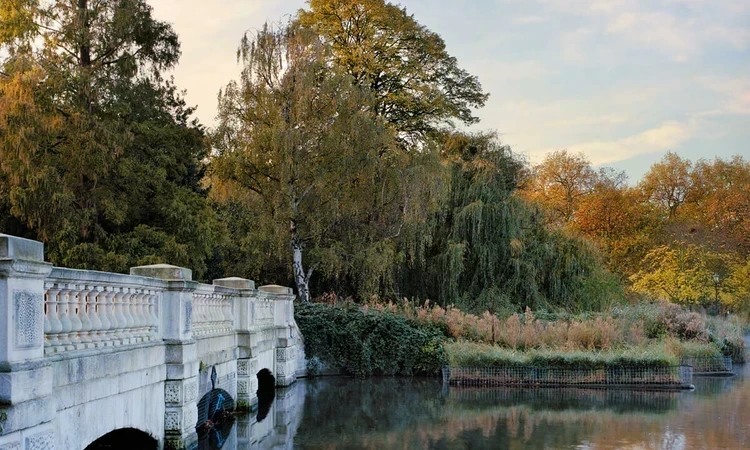
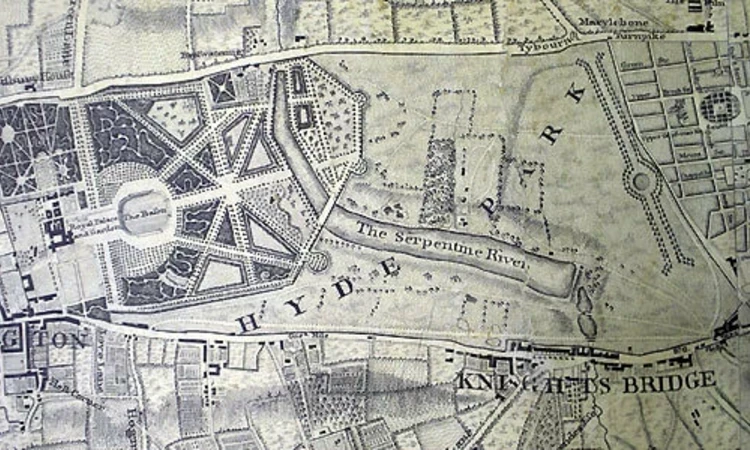
As London grew in size and density the river became more and more polluted leading to its diversion underground, where it has remained ever since, quietly flowing under our feet. This meant a necessary change of water source for The Serpentine and Long Water, which ended up coming all the way from the Thames and after that a Well over in St James’s Park – all the way up to 2011 when the boreholes were created.
In contrast to The Long Water which is characterised by its areas for wildlife and conservation, there is much more activity in and around The Serpentine. From swimming, boating and fishing the lake is used by many people for recreational purposes, although this has had to pause in recent months due to the pandemic. Up until relatively recently you could even ice skate on the lake during the colder months, possibly a sign of a changing climate. Despite the increased activity on the lake there are many valuable habitats within The Serpentine. For instance, the island, although artificial, provides an undisturbed space for birds to nest and take refuge. It has been said that the island provided the inspiration for Neverland in Peter Pan, an intriguing anecdote considering its relatively small size.
The challenges ahead
The recent dry weather has shown how influential water can be in a park and has placed pressure on the some of our natural features. Looking forward towards predicted drier summers and wetter winters, we’ll have to adapt how we manage the water across Kensington Gardens and Hyde Park to protect its water bodies and conserve its use. At the moment any rainy days are very welcome but uncommon. Seeing the drier ground we can certainly appreciate the water we have in the park right now, whether it’s popping up out of The Round Pond or irrigating the newly planted bedding. As central features for the public to enjoy and an essential source of life for the park’s wildlife, the water gives these two great parks much of their character.
Related Articles
-
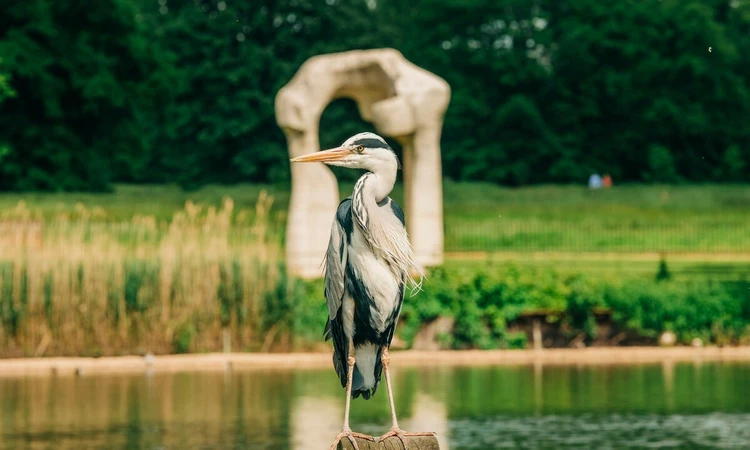 Read
ReadWhat can you spot? A guide to the birds of the Royal Parks
With this bird spotter guide, you can have a go at identifying some of these wonderful creatures while you enjoy a walk around the parks in London.
-
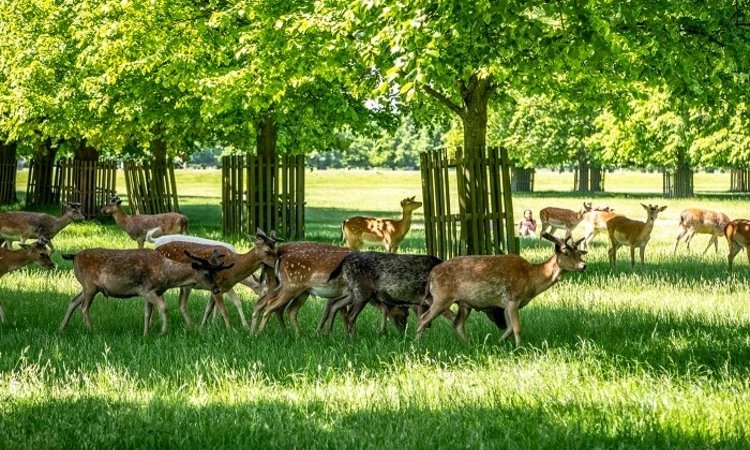 Read
ReadWorking with wildlife in the heart of the city
We’re working hard to provide the best environment for wildlife across London’s eight Royal Parks. Here’s a look at the work we do and why we do it.
-
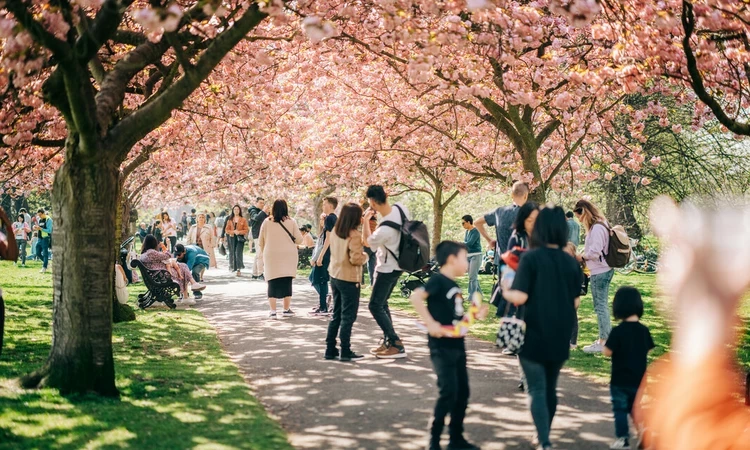 Read
ReadTen things you might not know about cherry trees
The different varieties of cherry trees around the Royal Parks are some the most popular sights in London each spring